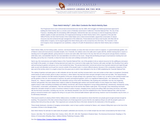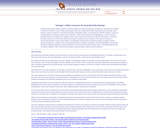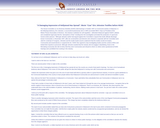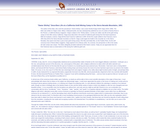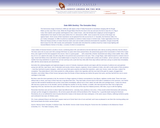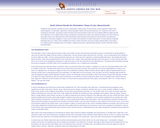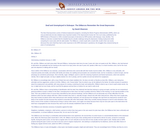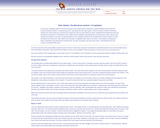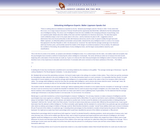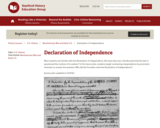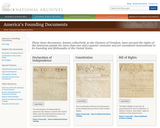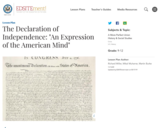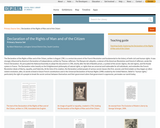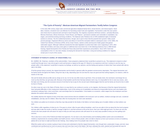
In the early 20th century, large-scale commercial agriculture displaced family farms, tenant farmers, and sharecroppers. Hand labor, however, remained more cost effective for harvesting certain fruits and vegetables. Farmworkers under this new system were hired only for seasonal work and had to travel frequently. The migratory experience left these workers--primarily Mexicans, Mexican Americans, African Americans, Puerto Ricans, and Filipinos÷permanent outsiders and vulnerable to exploitation, low wages, and wretched working and living conditions. The National Labor Relations Act of 1935 established rights of industrial workers to unionize. The Act omitted farmworkers, though, due in part to fears that the powerful farm growers' lobby would prevent passage. Organized efforts by unions and others to rescind the exemption failed in subsequent years. In the 1960s, the United Farm Workers of America (UFW), led by Cesar Chavez, started a strike and boycott of table grapes that gained nationwide support. Although California enacted the first state legislation to protect farm labor union organizing in 1975, other states did not follow, and many union gains in California have since been lost. In the following testimony from a 1969 Senate hearing, migrant farmworkers from Florida and Texas discussed their experiences and problems. Since 1970, fresh fruit consumption in the U.S. has risen sharply, increasing the demand for hand labor. Living and working conditions for migrants remain poor in much of the country.
- Subject:
- Social Studies
- U.S. History
- Material Type:
- Primary Source
- Reading
- Provider:
- American Social History Project / Center for History Media and Learning
- Provider Set:
- Many Pasts (CHNM/ASHP)
- Author:
- Center for History and New Media/American Social History Project
- Date Added:
- 11/02/2017

